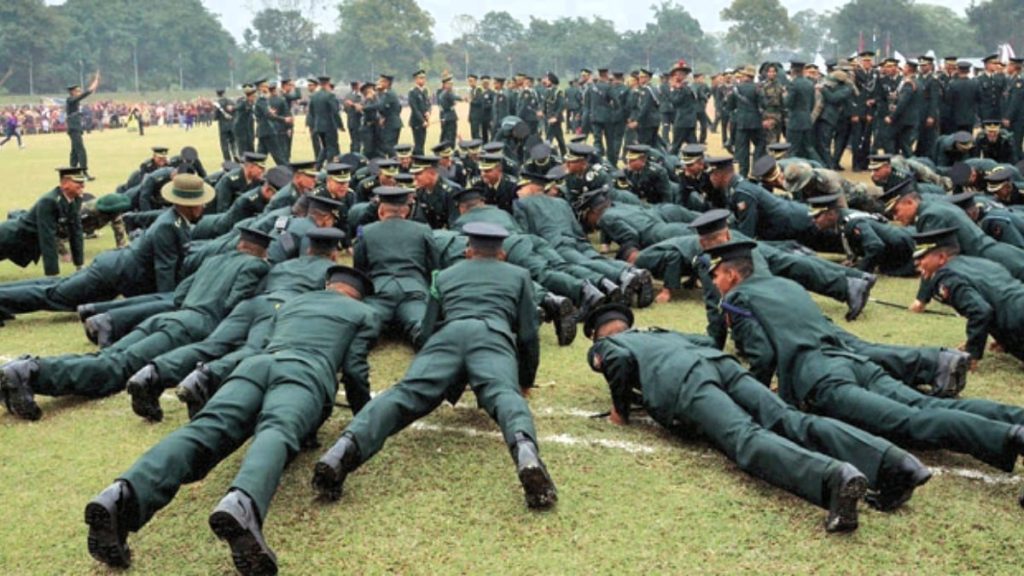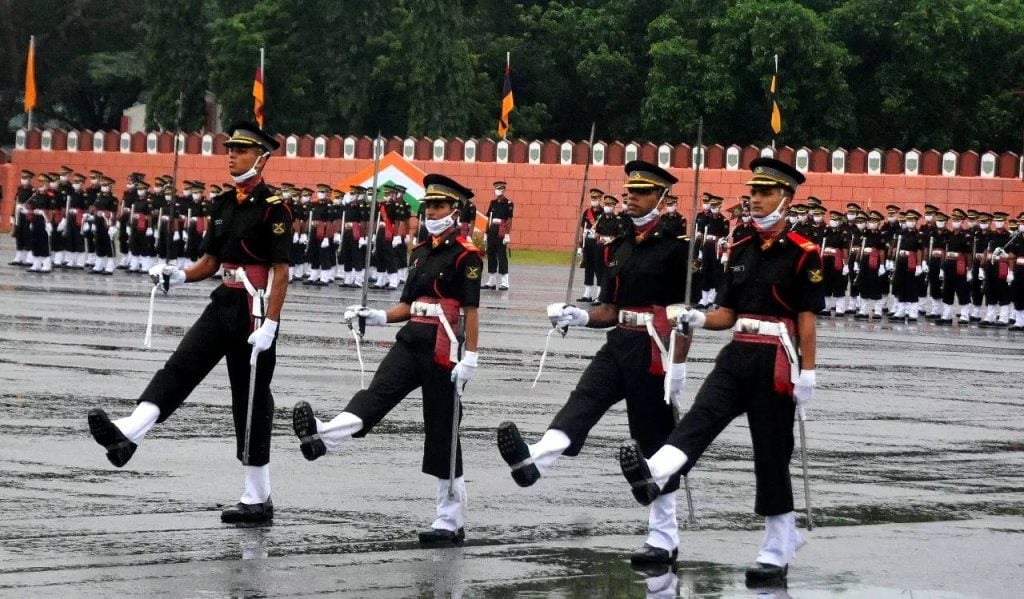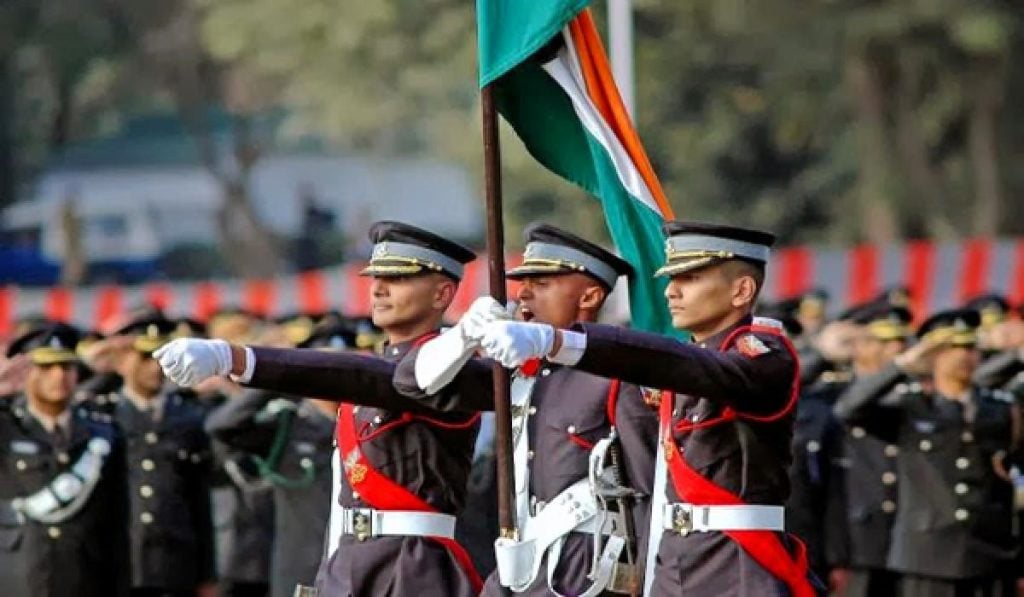For candidates aspiring to join the prestigious Indian Armed Forces through the Combined Defence Services (CDS) examination, mastering Indian geography is of paramount importance. Among the various sections in the CDS examination, Indian geography holds significant weightage and demands meticulous preparation. One effective strategy to excel in this section is by solving multiple-choice questions (MCQs) related to Indian geography. Here’s why:
- Comprehensive Coverage: Indian geography encompasses a vast array of topics ranging from physical geography, climate, vegetation, and natural resources to human geography, including population distribution, settlement patterns, and economic geography. Solving MCQs ensures that you cover a wide spectrum of topics comprehensively, leaving no stone unturned.
- Retention of Concepts: MCQs help in reinforcing and retaining geographical concepts better. By answering questions repeatedly, aspirants reinforce their understanding of geographical phenomena, thereby enhancing memory retention. This is crucial for recalling facts and figures during the examination.
- Application of Knowledge: MCQs often present scenarios or real-life situations, requiring aspirants to apply their geographical knowledge to solve problems. This application-based learning is vital for CDS aspirants as it simulates the challenges they may face in real-world scenarios, especially during their service tenure.
- Time Management: The CDS examination is known for its stringent time constraints. Solving MCQs regularly aids aspirants in improving their speed and accuracy. Through practice, candidates learn to analyze questions quickly, eliminate incorrect options, and arrive at the correct answer within the stipulated time frame.
- Familiarization with Exam Pattern: Regular practice of MCQs familiarizes aspirants with the exam pattern and structure. Understanding the format of questions, distribution of marks, and types of topics covered enables candidates to strategize their preparation effectively. This familiarity minimizes exam-related anxiety and boosts confidence levels on the D-day.
- Identification of Weak Areas: MCQs serve as diagnostic tools for identifying weak areas in Indian geography. Aspirants can gauge their proficiency level in different topics and focus on improving areas of weakness through targeted study and practice. This targeted approach ensures a more thorough and balanced preparation.
- Revision and Reinforcement: Continuous practice of MCQs facilitates revision and reinforcement of concepts. Repetition is key to consolidating learning, and solving MCQs regularly ensures that aspirants revisit and reinforce their understanding of Indian geography, thereby enhancing their overall preparedness for the examination.
- Confidence Building: Success in solving MCQs instills confidence in aspirants and boosts their morale. As they witness improvement in their performance over time, candidates develop a positive attitude towards their preparation, motivating them to strive for excellence in the CDS examination.
In conclusion, solving Indian geography MCQs is an indispensable component of the preparation strategy for CDS aspirants. It offers numerous benefits, including comprehensive coverage of topics, retention of concepts, application-based learning, time management, familiarization with the exam pattern, identification of weak areas, revision, reinforcement, and confidence building. Therefore, aspirants are encouraged to integrate MCQ practice into their study routine to enhance their chances of success in the CDS examination and embark on a fulfilling career in the Indian Armed Forces.
MCQs:
- Which mountain range forms India’s northern boundary? a) Aravalli Range
b) Western Ghats
c) Eastern Ghats
d) Himalayas
Correct Answer: d) Himalayas - Which river is known as the “Sorrow of Bihar” due to its frequent floods? a) Ganga
b) Yamuna
c) Brahmaputra
d) Kosi
Correct Answer: d) Kosi - Which state is known as the “Spice Garden of India”? a) Kerala
b) Karnataka
c) Tamil Nadu
d) Andhra Pradesh
Correct Answer: a) Kerala - The Thar Desert is located in which Indian state? a) Rajasthan
b) Gujarat
c) Madhya Pradesh
d) Haryana
Correct Answer: a) Rajasthan - Which of the following states does not share a border with Bangladesh? a) Assam
b) Tripura
c) Meghalaya
d) Odisha
Correct Answer: d) Odisha
For more questions refer pdf & video
















